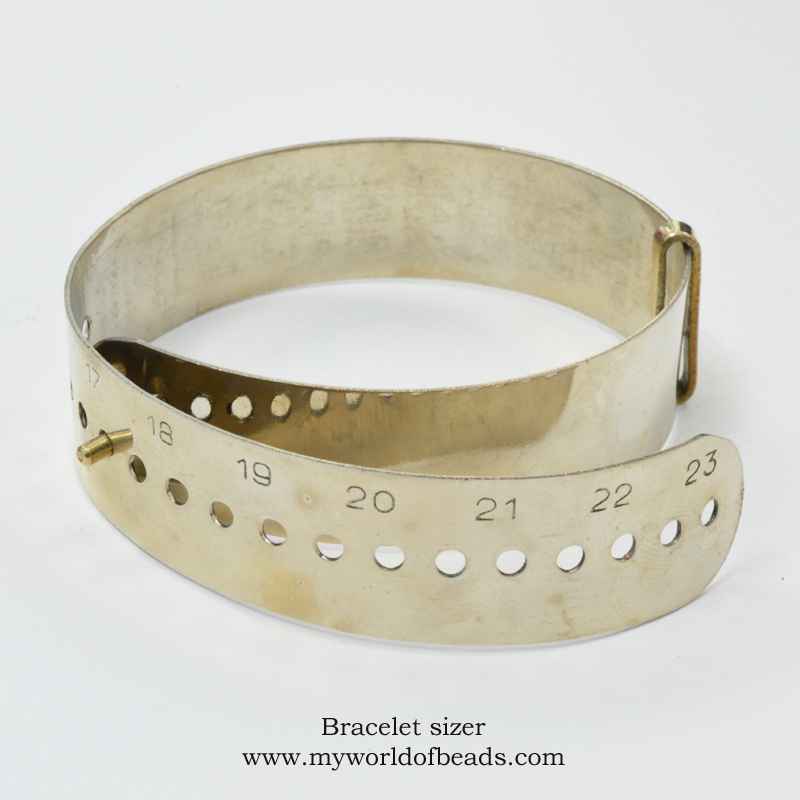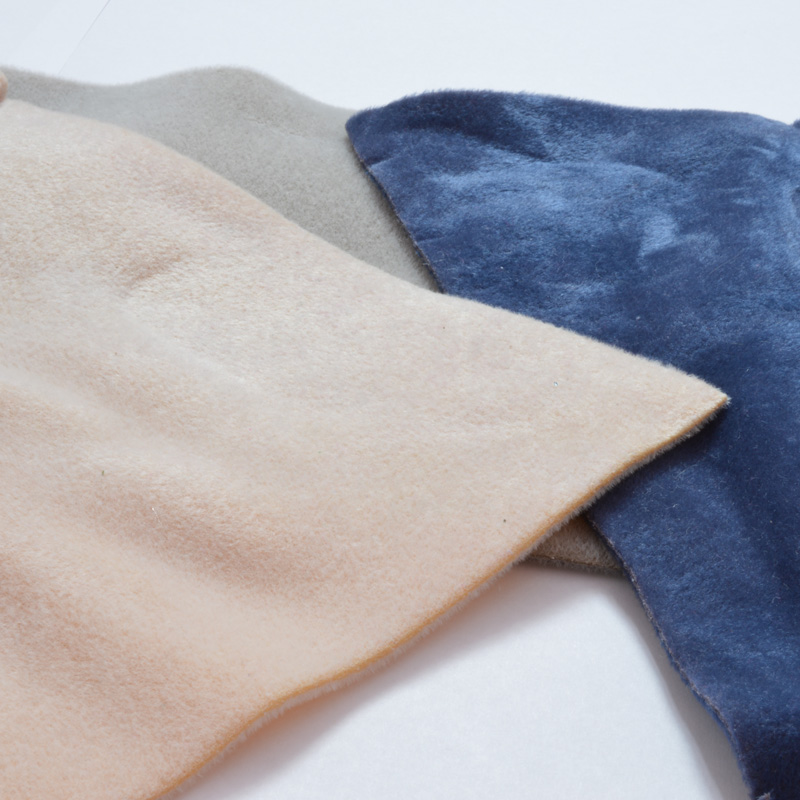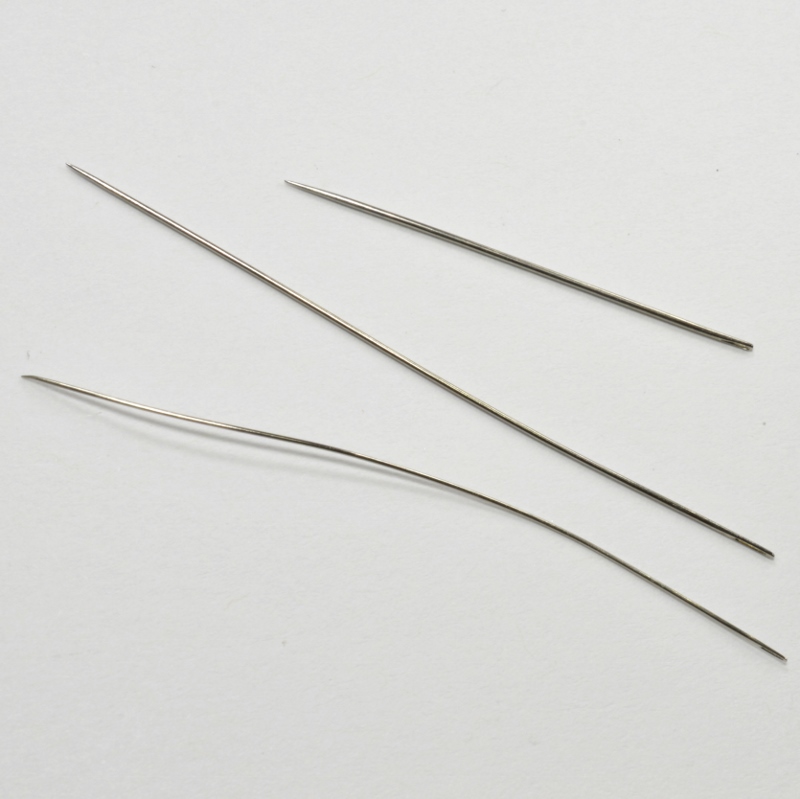Beading Scissors
There are a few different choices when it comes to beading scissors and, like all those 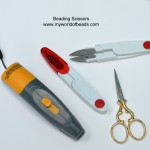 other choices with which you are faced as a beginner, it can be hard to know what is best. So this blog aims to tell you a bit about the different beading scissors that are out there and give some handy tips to help you make the choice that is right for you.
other choices with which you are faced as a beginner, it can be hard to know what is best. So this blog aims to tell you a bit about the different beading scissors that are out there and give some handy tips to help you make the choice that is right for you.
Beading Scissors
The term ‘beading scissors’ is perhaps a little mis-leading before you even start. Technically, it is debatable whether there is any such thing on the market! The scissors that you might have seen professional beaders use tend to fall into three broad categories: actual scissors, cutters or zappers. So, first let’s take a look at the scissors.
Basically any pair of small scissors will work for cutting beading thread when you start out. I say small because when you are trimming the threads to finish off your work, you will need to get in as close to the actual beadwork as possible (see below for the tips on cutting thread). This is so much harder to do if you are trying to use large scissors. By large, I’m not just thinking of the overall size, but most especially of the size of the blade. Ideally you want scissors that have a very fine, narrow blade. So if you are watching an experienced beader cutting with a pair of scissors, there is every chance that they are in fact using ’embroidery scissors’. My own are shaped like a bird – a heron – and they can be bought from any store that sells sewing equipment, not just from a beading store.
If you are just starting out, there is every chance that you already own a small pair of scissors, so you can just use these to begin with. Once you start, you will come to understand what it is that you need and, if beading becomes a favourite hobby, you will then be in a good position to make the right choice when you invest in a dedicated pair of beading scissors.
Thread Cutters
If you have been to a beading group, a class, or just watched an online tutorial, then you might have seen thread cutters being used. These are developed specially for beading and their tiny blades are very sharp and designed to squeeze into small spaces and cut accurately.
Look closely at the image and you should be able to see that the blades are narrow – they cut by simply squeezing the handles together. You may find that the handles look a little different in different brands. Some brands come with a cover for the blades to keep them safe if you have small children around.
Thread Zappers
Lastly, another option that I have only tried relatively recently: thread zappers. These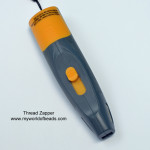 don’t look like much – a little gadget that fits in your hand and has no obvious means of cutting anything! In fact, they are battery powered and work by conducting an electric charge across a piece of fine wire: this causes the wire to heat to a very high temperature and it will literally ‘zap’ the thread to break it. The wire is hidden inside the zapper and, by pushing a button, you will cause the wire to become visible at the same time that it heats up. Be careful: the temperature it reaches is enough to cause a serious burn.
don’t look like much – a little gadget that fits in your hand and has no obvious means of cutting anything! In fact, they are battery powered and work by conducting an electric charge across a piece of fine wire: this causes the wire to heat to a very high temperature and it will literally ‘zap’ the thread to break it. The wire is hidden inside the zapper and, by pushing a button, you will cause the wire to become visible at the same time that it heats up. Be careful: the temperature it reaches is enough to cause a serious burn. 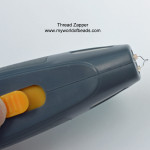 It is also enough to cut through a lot of thread, so take care that you only allow the wire to come into contact with the thread that you wish to actually cut! My tip is to pull the thread back against the nearest bead so that there is no danger of you accidentally allowing the wire to come into contact with any of the thread holding your beadwork together.
It is also enough to cut through a lot of thread, so take care that you only allow the wire to come into contact with the thread that you wish to actually cut! My tip is to pull the thread back against the nearest bead so that there is no danger of you accidentally allowing the wire to come into contact with any of the thread holding your beadwork together.
The good thread zappers come with some sort of safety mechanism that allows you to ‘lock’ the button so that it cannot be pressed, or slid, unintentionally, so that should help to keep it safe. Having said that, if you do have small children, it goes without saying that they should not be allowed to play with your thread zapper, so make sure you keep it out of reach!
Tips for Cutting Thread
Continuing directly on from that last point about cutting thread, whichever type of beading scissors you plan to use, there is a tip I would like to share with you to help you 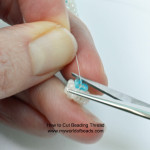 create the neatest possible finish to your beadwork. When you cut a beading thread, pull it taut against your beadwork, so that the thread is pulled back on itself. Then snip as close to the bead as you can, taking care not to cut any other threads in the process! As soon as the thread is broken, it will ‘ping’ back just a little so that it should be sitting inside a bead. This way you should be able to avoid little ends of thread showing in your work. This is a trick that may take a little practise and you may find that certain types of bead (usually the very shaped, or slightly larger beads) make it difficult to really trim the thread end close. If you do end up with a tiny end showing, it is worth trying to stretch and ease your beadwork very gently around that area and this might be enough to ease the thread end back inside the nearest bead. If you are working on a project that has a ‘front’ and a ‘back’ (ie a side that will not be seen when the project is being used), then make sure you cut all your thread ends on the ‘back’ of your work, so even if any do show a little, they will not be visible when the work is being used.
create the neatest possible finish to your beadwork. When you cut a beading thread, pull it taut against your beadwork, so that the thread is pulled back on itself. Then snip as close to the bead as you can, taking care not to cut any other threads in the process! As soon as the thread is broken, it will ‘ping’ back just a little so that it should be sitting inside a bead. This way you should be able to avoid little ends of thread showing in your work. This is a trick that may take a little practise and you may find that certain types of bead (usually the very shaped, or slightly larger beads) make it difficult to really trim the thread end close. If you do end up with a tiny end showing, it is worth trying to stretch and ease your beadwork very gently around that area and this might be enough to ease the thread end back inside the nearest bead. If you are working on a project that has a ‘front’ and a ‘back’ (ie a side that will not be seen when the project is being used), then make sure you cut all your thread ends on the ‘back’ of your work, so even if any do show a little, they will not be visible when the work is being used.
Pros and Cons of Different Beading Scissors
Having read this far, if you are now wondering which beading scissors are right for you, then here are some factors you might like to consider. Of course cost can be a factor for all of us. None of these scissors are going to break the bank, but it is fair to say that the thread zappers can be a little more costly than a basic pair of scissors. However, don’t necessarily get sucked into the trap of buying the cheapest pair you see: the cheaper brands may not last as long as their blades may become blunter in time.
Talking of blunt blades, your choice of thread may also play a part. If you use a beading thread like nymo or KO, then any of these options will be great. If you use Fireline, or a similar type of fishing line based thread, then again, all the options will work, but you are likely to find that the Fireline blunts scissors or cutters more quickly. Anyone who has tried it will know that cutting Fireline with a blunt blade is tough work and usually results in a slightly messy, frayed end instead of a clean cut. Thread zappers have a clear advantage in this area: they cut cleanly (or rather, burn cleanly) through Fireline and there is no blade to blunt. The slight downside is that the burning process can cause the Fireline to form a tiny little bobble on the end. This can be awkward if you are cutting a length of thread to which you want to add a needle. However, it is possible to smooth the end through your nails to flatten the lump if you are struggling to get it through the eye of a beading needle.
As with all other tools for beading, everyone has a different opinion about what is best. My advice is to take any opportunity you can to try different beading scissors and see which works best for you. There is no right or wrong answer: as long as whatever you use cuts the thread neatly and feels comfortable to you, then it’s absolutely fine!



